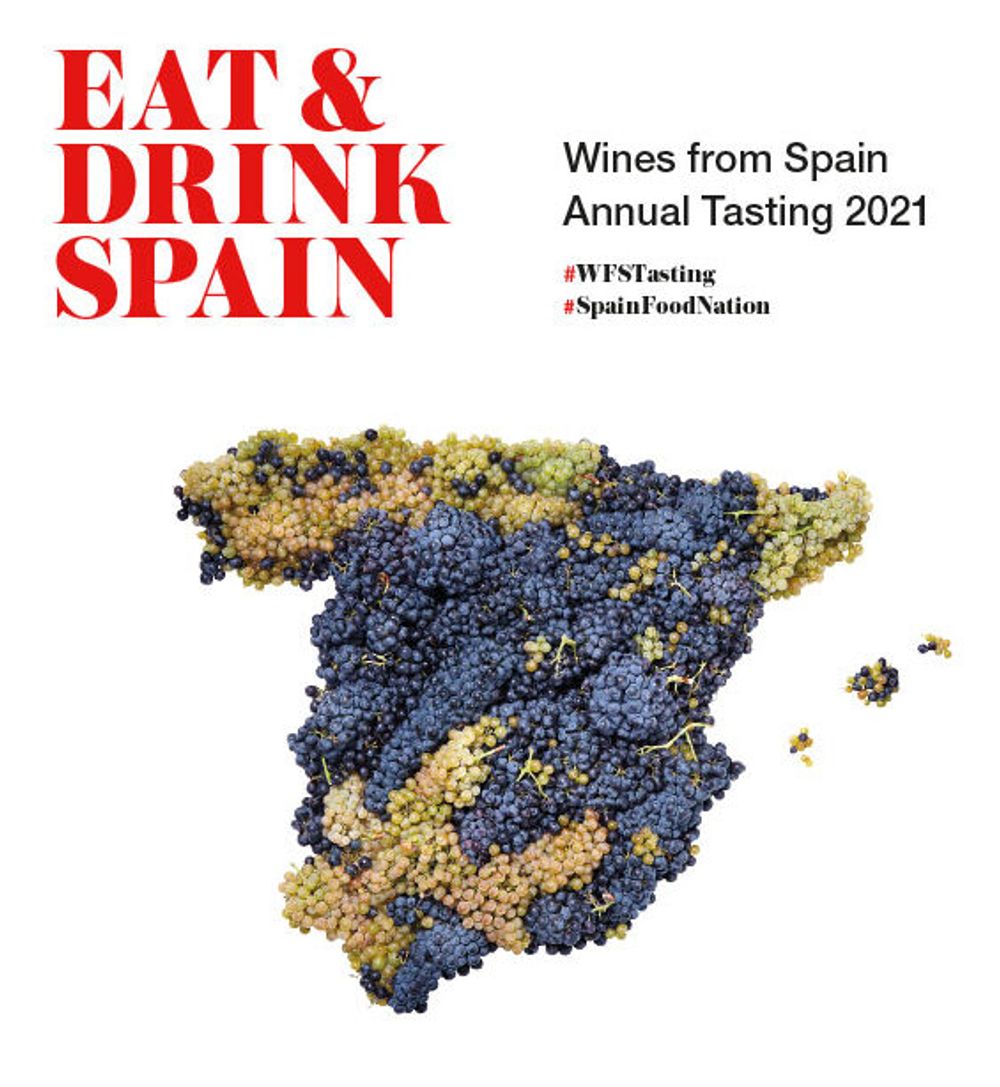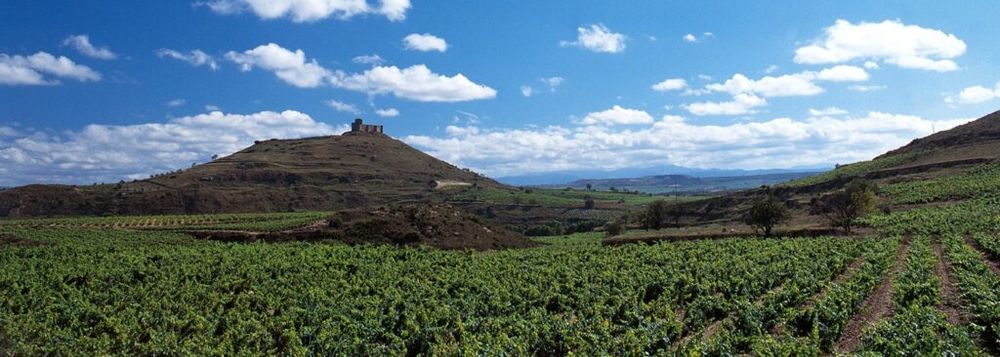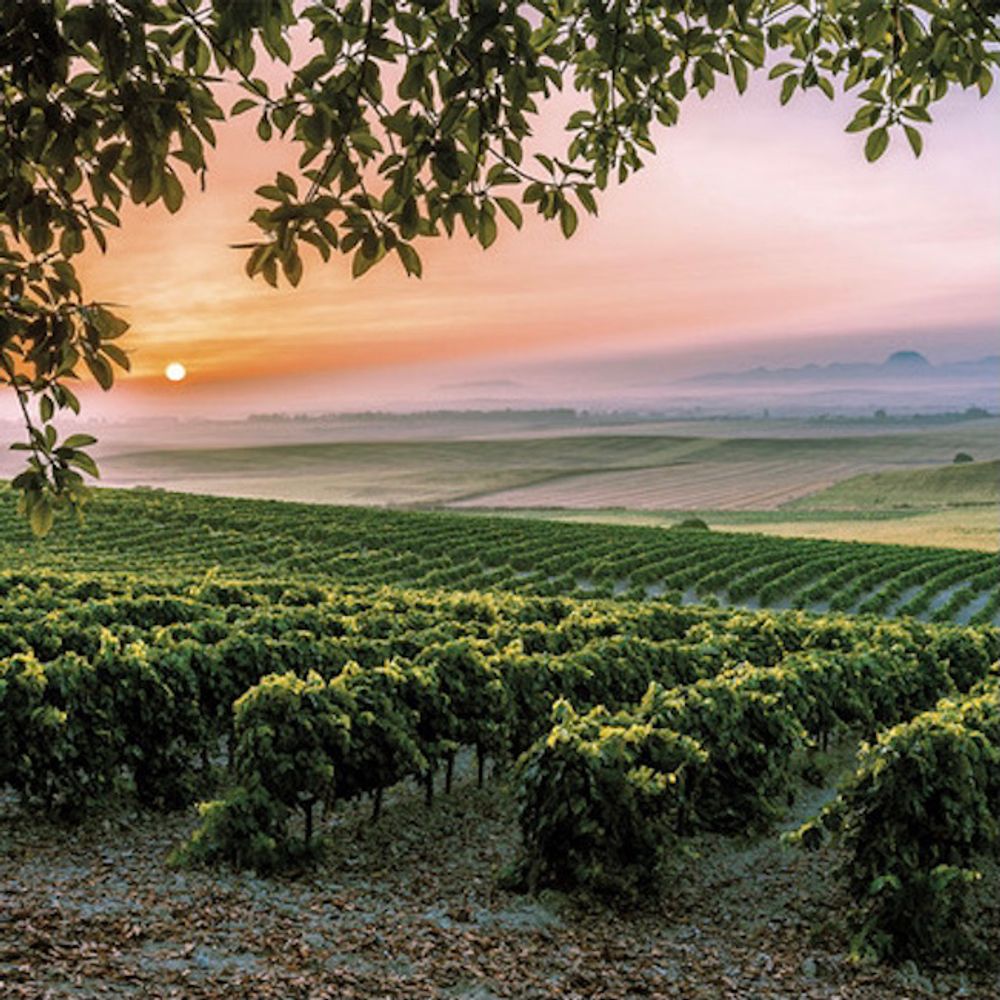“Regions like Rioja and Rias Baixas are increasingly exploring terroir and making better wines than ever before,” writes Keay at the Wines From Spain Annual Tasting 2021.
Question: how do you follow a highly successful series of virtual tastings, held over several months to strong acclaim from the industry? Answer: you do the same thing all over again but for real, by holding the Wines From Spain Annual Tasting 2021 in the impressive hallowed interior of Number 1 Great George Street, just metres from Parliament.
It was a live tasting the format of which had attendees given two hour slots to sit at adjacent, individual tables and choose what they wanted to taste from the brochure, to be bought to them by impeccably groomed sommeliers. The Covid-induced absence of any producers, meant that you could not move around or scrutinise bottles in your own time which is what I miss most from these live tastings that hopefully will return back to normal sometime soon.
But times and needs must: this was a well-organised, good humoured event, with some good wines. And made easier by the fact wines were listed by importer/producer, with DOs and RRPs clearly shown.

So which were the wines that stood out?
Bancroft Wines showed a wonderful range which pretty much covers the whole country. The Flysch Txacoli Getariako 2019 from Bodega Gorosti in DO Txakoli/Txakolina is great, zingy and fresh on the attack with wonderfully balanced and surprisingly rounded, showing the great potential of Hondarrabi Zuri. The Benufet 2019 from Herencia Altes in DO Terra Alta was really fresh and full on, with unusual but appealing tropical notes and a long finish, whilst from DO Valdeorras the GABA do Xil Branco, made from 100% Godello, was delicious, wonderful peach and apricot flavours in the mid-palate almost calling to mind a Viognier. From Ribera, and Bodegas Valdaya, the Valdaya 2018 had a lovely nose, with plum and blackberry flavours supported by delicate tannins. And from Priorat, Les Terrasses Velles Vinyes 2017 from the inimitable Alvaro Palacios was nuanced and edgy, a skilful blend of Garnacha and Carinena showing the strong attributes of both.
Bodegas Arzuaga Navarro is a Ribera-based producer but it was the Pago Florentino 2018 from the producers Castille-La Mancha Estate La Solona which really shone through, unusual forest fruit flavours supported by fine tannins. Well priced too.
C&D Spanish Wines had a good trans Spanish range – including some good Toro and wines from DO Alicante, one of Spain’s fastest improving regions – but the Muga Blanco 2020 jumped out, a wonderfully fresh blend of Viura and Malvasia, nice palate, lightly oaked, almonds and good tropical fruit. Well priced too, at £13.
Unsurprisingly, González Byass had a wide range including all the usual suspects from Jerez, Cadiz, Rioja and DO Somontano, as well as Rueda. The highlight for me here was a decent Txakoli Blanco 2020 from Txomin Etxanix Txakoli, a zingy, upbeat and light (just 11%) blend of Hondarrabi Zuri and Hondarrabi Beltza, again demonstrating how much this DO is on the up.
Hatch Mansfield had pretty much the full range of C.V.N.E. on show and as ever, quality and enjoyment was high. Old friends like the Vina Real Reserva 2015 made with three Rioja varieties were as appealing as ever but the real pull here is the Real de Asua 2016, the highest end of the Riojas here; lovely classic Rioja character but not over-oaked, showing lots of fruit and character.
Likewise, John E Fells had the full range of Familia Torres to hand here, and it was the whites that impressed most, from the moreish fruit-forward entry level Celeste Verdejo 2019 from Rueda through the Sauvignon Blanc Fransola 2018 from Penedes, and two delicious but quite different Chardonnays, the perfectly crafted, creamy Sons de Prades 2015 from the DO Conca de Barbera and the iconic Jean Leon Vinya Gigi 2017 from Penedes, lots of toasty almonds on a fruit-charged palate. Amongst reds, the Perpetual 2016 from Priorat was showing as well as ever, Carinena and Garnacha in harmonious balance.
Liberty Wines may have established its reputation through its wide range of quality Italian wines but this event showed they’re no slouch when it comes to Spanish wines. This is a great range with almost too many wines to mention but the moody, brooding Lalama Ribeira Sacra 2016 from Dominio do Bibei was a real eye-opener – Mencia blended with other varieties, this had good texture and salinity and impressive length. The same producer’s white Ribeiro, the Lalume 2017, made with Treixadura, was very distinctive and moreish, a clean, fruity palate showing apricot, peach and honeydew melon.
Two other whites imported by Liberty also made quite an impression, the delicious savoury Bodega Agerre Txakoli 2019 made with Hondarrabi Zuri, this showed wonderful spritzy acidity. Meanwhile the Ikigall 2020 from Gallina de Piel in Penedes, is a weird but surprisingly successful blend of Xarel-lo, Malvasia de Sitges and Muscat d’Alexandrie. Really enjoyable, the different varieties making their presence felt throughout the wine. Well priced at under £15 retail.

Old vine Garnacha: away from Rioja (which has good records) it is often difficult to determine the age of some of Spain’s bush vines
Individual producers showing wines
Amongst the individual producers showing wines, the well-priced El Grifo wines from Lanzarote showed well especially the white Malvasia Seco Colleccion 2019 and the El Grigo Orange 2019, grainy and textured Moscatel de Alejandria with a long and intriguing finish.
From Ribera, Buen Camino, an organic family producer, showed a great trio of wines headed by the Guademeya 2015, pricey with an ex-cellar price of €32 but really impressive; dark, inky red, very saline and showing remarkable berry fruit flavours and light, toasty oak. A runner for my favourite wine of the tasting but its younger brothers the Buen Camino 2018 and the entry level Noroeste 2019 (ex-cellar €16.39 and €10) are also well worth a look, providing firm evidence that Ribera del Duero – sometimes derided in the past for making hefty tannic wines that all taste pretty similar – can also very much do nuance and character.
Finally, from Priorat, proof that the region once famous for hefty, high alcohol wines – until many producers turned to making softer, more market friendly wines – hasn’t entirely gone PC. Perinet is one of those producers who clearly sticks to its guns and the three wines here reflect old style thinking and technique, using local varieties including Garnatxa and Carinena, with Syrah also playing a big role. Top of the range is the 1194 2016, a huge wine in every way but quite nuanced, with a lot more evolution ahead, as you might expect for an ex-cellar price of almost €60.
Easier on the wallet if not the wrist – like 1194, this comes in a bottle that must weight two kilos – is the Perinet 2016, lots of character and style for €32, very forceful with 15% alcohol, like its older brother. The baby brother here, the Perinet Merit 2017, is a slightly funky but still moreish blend of the above three varieties but very fruit forward, with an impressive 16% alcohol. Who says Priorat producers have gone soft?
As I left the tasting, it struck me again what an interesting juncture Spain’s wine industry – the world’s second largest by volume – is at. Not only are lesser known areas like Ribeiro and Txakoli coming to the fore, with many UK consumers tasting these wines for the first time, but regions like Rioja and Rias Baixas are increasingly exploring terroir and making better wines than ever before.

Catching up with Mar de Frades
A few days later, I participated in an eye and palate-opening Zoom tasting with the irrepressible Paula Fandino, winemaker at Mar de Frades in Rias Baixas, whose Albariño comes in striking beautiful blue bottles which reference the region’s dramatic Atlantic location.
“Twenty years ago a lot of Albariño tasted the same but all that has changed with the growing focus on soils and more considered winemaking,” she says.
Later this year Fandino will launch Finca Monteveiga 2017, a new wine made from tiny select plots in the lesser known, more interior Ulla Valley, to sit alongside Finca Valinas, her highly regarded high end Albariño from the more established Salnes Valley in Rias Baixas, currently on the 2016 vintage. Both showed astonishingly well, with delicious aromas of fig, honeysuckle and peach supported by a pleasing underlying salinity that really speaks of the windswept sea-facing terroir in this far western part of Europe.
“These are exciting time for Rias Baixas and it’s great to be a part of it.”
Fandino’s wines are unique but right now, there are plenty of winemakers in regions across Spain who could say much the same thing. Closer attention to soil, climate, altitude and the nuances of individual grape varieties have made this one of the world’s most interesting producer nations.
The Wines From Spain Annual Tasting 2021 was held by Foods and Wines From Spain.
































